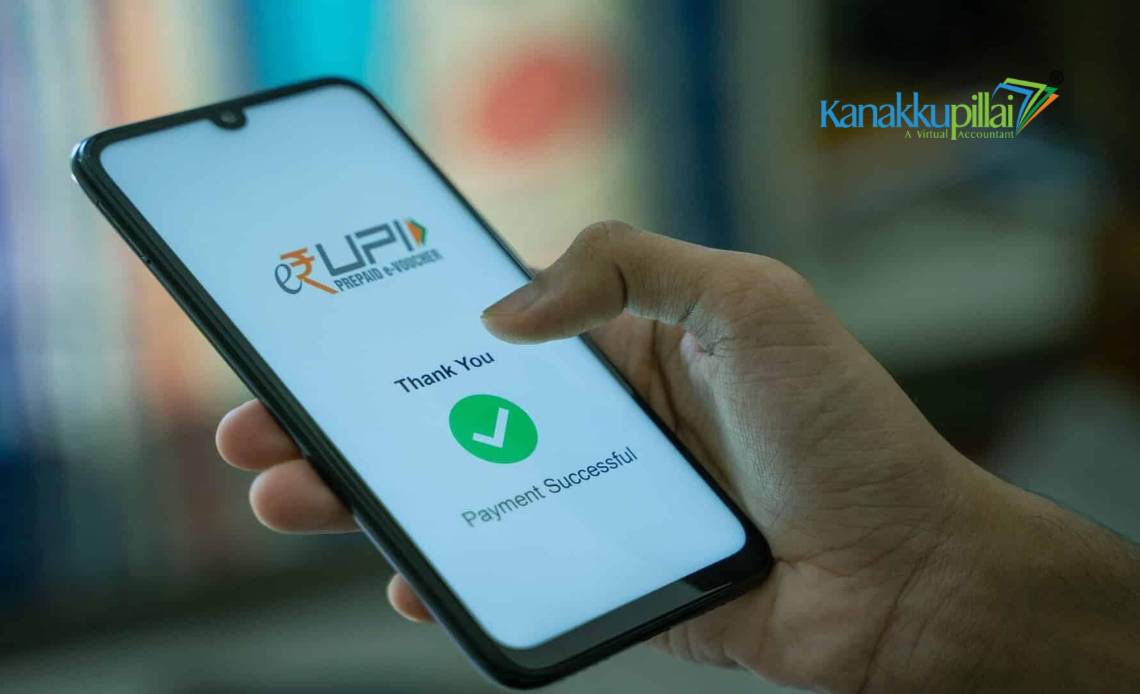India has progressed its digital payment methods through Unified Payments Interface, which gives users quick, secure money transfer capabilities. The National Payments Corporation of India (NPCI), together with the Reserve Bank of India (RBI), executed new rules alongside UPI transaction limit updates in 2025 to build better UPI system functionality, provide enhanced safety assurance and promote overall financial participation. This analysis examines the daily UPI transaction restrictions and the upcoming 2025 UPI framework and its impact on users and merchants using UPI services. This guide will assist both users and business owners who conduct UPI transactions to understand the new payment trends emerging in the Indian digital payment sphere.
UPI and Its Significance
The National Payment Corporation of India created UPI as a real-time payment system that enables users to manage various bank accounts through a mobile application for immediate transactions. India’s digital cashless structure depends on UPI because users employ this payment system to execute both their utility payments and internet purchases. The popularity growth of UPI, which handles billions of transactions monthly, demonstrates the clear need for updated regulations and transaction limits. The upcoming updates for 2025 will strike a balance between ease of use, security, and extendibility of the system.
UPI Transaction Limit Per Day in 2025
According to NPCI regulations for P2P and P2M transactions, an everyday UPI transaction involves a maximum amount of ₹1 lakh (Rs. 100,000). Your bank, along with the UPI application and transaction type, influences the transaction limit, which typically reaches ₹1 lakh (Rs. 100,000) per day. Each day, users can perform up to twenty transactions amounting ₹1 lakh through UPI, as defined by NPCI on April 05, 2025.
- Standard Limit: ₹1 lakh per day across all UPI apps, with a maximum of 20 transactions in 24 hours.
- Bank Specific Variations: Allahabad Bank restricts transaction values to ₹25,000 but HDFC and ICICI operate under the national standard of ₹1 lakh.
- New Users: During their activation period, users joining the new UPI system face a payment restriction of ₹ 5,000 if their involvement started within their first twenty-four hours.
Exceptions to the Standard Limit
Certain UPI transactions categorized as high value enjoy a transaction limit of ₹5 lakh under NPCI directives starting from September 16, 2024, until 2025.
These exceptions include:
- Funds transfer: Through UPI, taxpayers meet their tax obligations with enhanced ease.
- Healthcare: Payments to verified hospitals and medical institutions.
- Education: Transactions with verified educational institutions.
- Capital Markets and IPOs: Investments and financial transactions.
New UPI Rules in 2025
The UPI rules for 2025, introduced by NPCI together with RBI, focus on operational efficiency, security measures, and user accessibility. According to the system update on April 05, 2025, these are the main changes in operation.
1. Inactive Mobile Number Reassignment
On April 1st, 2025, telecom operators gained the authority to redistribute mobile phone numbers that remain inactive for longer than 90 days. UPI services will become disabled until your bank is updated following a reassigned UPI-linked mobile number. The regulation maintains that you need to maintain active status for your bank-linked registered mobile number.
Users need to keep their contact information accurate because outdated details lead to disruptions in their UPI service access.
2. Collect Payment Restrictions
The “Collect Payment” feature, which previously allowed personal users, has become available exclusively for merchant clients. You can make only two thousand rupees worth of personal collect requests per transaction. This modification aims to fight misuse and provide better protection for individual account users.
While the payment collection process became more efficient for merchants, personal users lost the flexibility to make collection requests.
3. Transaction Credit Confirmation (TCC)
Introduced as a system on February 15, 2025, TCC automates bulk accept or reject chargebacks through both UDIR and bulk upload features. The system’s automatic processing shortens dispute resolution times and cuts transaction errors, producing fewer errors in financial operations.
The implementation of TCC brings banks and users improved resolution speeds while delivering enhanced operational efficiency to both parties.
4. UPI Lite and UPI 123Pay Enhancements
- UPI Lite received wallet maximum enhancement from ₹2,000 to ₹5,000 and transaction threshold growth from ₹500 to ₹1,000. The new feature enables users to handle small-value payments without specifying their PIN.
- The expansion of UPI 123Pay has enabled rural customers with feature phones to make transactions of up to twice the previous limit of ₹10,000. This improvement enhances financial accessibility.
The expansion of the UPI Lite wallet limits to ₹5,000, along with increased transaction limits of ₹1,000, directly benefits users doing small transactions and those without smartphones.
5. Interchange Fees on PPI Transactions
Merchants charge interchange fees between 0.5% and 1.1% for Prepaid Payment Instrument transactions made through UPI using digital wallets. Business sector standards set the fees (the oil industry charges 0.5%, while the insurance industry charges 1%, among numerous other rates).
During wallet transactions, both customers and merchants face increased costs since payment providers forward applied expenses from merchants to customers.
6. How Do UPI Transaction Limits Vary by Bank?
Banks operate their own restrictions on daily UPI transactions after NPCI establishes the basic framework. Major banks have enabled a daily transaction threshold of ₹1 lakh and a maximum of 10 transmission allowances in 2025.
- Each day State Bank of India (SBI) imposes a daily limit on transactions of ₹1 lakh while permitting only 10 actions across its network.
- HDFC Bank: ₹1 lakh for P2P, ₹5 lakh for verified merchants in healthcare/education.
- ICICI Bank: ₹1 lakh daily, with higher limits for specific categories.
- Punjab National Bank (PNB): ₹50,000 per day.
- Bank of India: ₹1 lakh per day.
To accurately understand transaction limitations, you should check with your bank or UPI application providers. Their UPI limits may depend on several factors, including user profile and transaction history.
How to Maximize Your UPI Transactions in 2025
These guidelines for UPI utilization in 2025 benefit from adopting the following advice:
- Check your transaction boundaries by daily monitoring both counts and amounts to prevent violating the limit.
- You need to maintain active and linked mobile number bank details to prevent service interruptions during UPI use.
- Leverage Exceptions: Use the ₹5 lakh limit for tax, healthcare, or education payments when applicable.
- Contact the bank staff to request higher transaction limits for substantial payments which must stay beneath NPCI maximum thresholds.
- Small transactions below ₹1000 should use UPI Lite to maintain your primary transaction limit.
Conclusion: Navigating UPI in 2025
The 2025 daily UPI transaction constraints create a proper equilibrium between adjustment capacity and security tracking protocols for various user types. The standard ₹1 lakh daily cap and the specific category-based ₹5 lakh limits protect security and operational efficiency. The upcoming 2025 UPI regulatory framework contains Multiple Consumer Choice and inactive number reassignment systems, along with expanded usage capacities for both UPI Lite and 123Pay products.
To use UPI smoothly, you need to understand your bank’s limitations and recent UPI rules. The digital economy of India benefits from simplified transactions via UPI regardless of payment purposes, including tax payments, medical bill settlements, and money transfers to friends.





